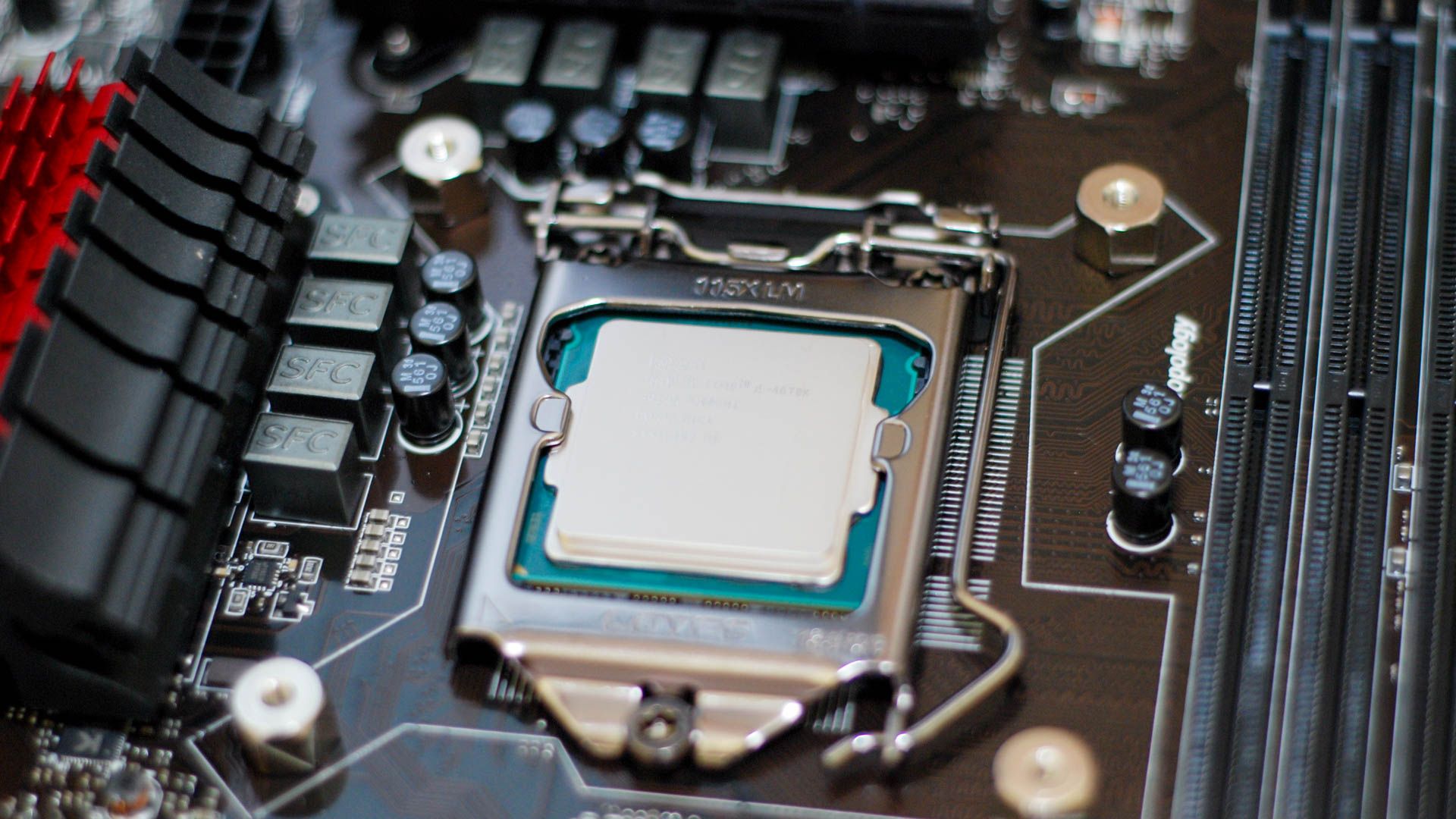Quick Links
Key Takeaways
There's no real pressure for CPU technology to add more bits for the foreseeable future, but some future computing tasks might make it necessary eventually.
The transition from 32-bit to 64-bit was a pretty big deal for consumer CPUs, and before that, the race to add more bits was read hot, but in the last two decades, we've stuck to 64-bit. What's next for CPUs?
32-Bit vs. 64-Bit Processors
A 32-bit processor can process 32 bits of information simultaneously, while a 64-bit processor can process 64. This makes 64-bit processors capable of handling more information simultaneously, leading to better performance and capabilities.
Most modern computers and mobile devices use 64-bit processors, but some older devices still have 32-bit processors, which is why there are still 32-bit operating systems. Notably, Windows 11 doesn't have a 32-bit version, making Windows 10 the last version to support these older processors. Likewise, Apple's MacOS has completely dropped support for 32-bit applications, with both major computer platforms waving goodbye to 32-bit seemingly for good.
Bit Size and RAM
A 32-bit CPU is designed to handle data in 32-bit chunks, which means it can access 4,294,967,296 (2^32) individual memory locations, each with a unique address. However, the actual usable memory in 32-bit systems is often less than 4GB due to memory address space being reserved for other hardware devices such as GPUs. For example, if your GPU has 512MB of VRAM, you can only address 3.5GB of system RAM.
In general, 64-bit CPUs can address much more memory than their 32-bit counterparts. A 64-bit CPU is designed to handle data in 64-bit chunks, allowing it to access 18,446,744,073,709,551,616 (2^64) individual memory locations, each with a unique address. Theoretically, a 64-bit CPU can address up to 16 exabytes (EB) of RAM.
In reality, the amount of RAM that a 64-bit CPU can address is limited by the operating system and the physical limitations of the computer's hardware. Nonetheless, modern computers and servers with 64-bit CPUs can accommodate significantly larger amounts of RAM than 32-bit systems, with many systems supporting hundreds of gigabytes or even terabytes of RAM.
Why Did CPUs Go to 64-Bit?
To meet the growing demands for more processing power and memory addressability, the architecture of processors shifted from 32-bit to 64-bit. Personal computers began using 64-bit processors in the early 2000s, but these processors were already available for servers and workstations in the 1990s.
64-bit processors can process large amounts of data and can access much more memory. They offer superior performance and efficiency in comparison to 32-bit processors. This is the reason why the majority of computers and mobile devices nowadays use 64-bit processors.
The rise in CPU core counts in particular led to an inevitable need for greater RAM capacity.
The Advantages of Higher Bit Sizes
A higher bit size allows for a greater range of numerical values, which can be helpful for tasks requiring high precision, such as scientific and financial calculations.
You can also implement improved security for tasks like encryption, as it becomes more challenging to crack codes as the bit size increases.
More bits enable a processor to handle more complex operations and larger amounts of data simultaneously, improving overall performance and efficiency.
A higher bit size can also improve a computer's compatibility with large data sets and complex applications. This is a significant issue in machine learning and other HPC (High-Performance Computing) workloads.
Why We May Never Need 128-bit Computers
It's practically impossible to predict the future of computing, but there are a few reasons why 128-bit computers may never be needed:
- Diminishing returns: As a processor's bit size increases, the performance and capabilities improvements tend to become less significant. In other words, the improvement from 64- to 128- bits isn't anywhere as dramatic as going from 8-bit to 16-bit CPUs, for example.
- Alternative solutions: There may be alternative ways to address the need for increased processing power and memory addressability, such as using multiple processors or specialized hardware rather than a single, large processor with a high bit size.
- Physical limitations: It may turn out to be impossible to create a complex modern 128-bit processor due to technological or material constraints.
- Cost and resources: Developing and manufacturing 128-bit processors could be cost-prohibitive and resource-intensive, making mass production unprofitable.
While it's true that the benefits of moving from 64-bit to 128-bit might not be worth it today, new applications or technologies might emerge in the future that could push the development of 128-bit processors.
Breakthroughs in artificial intelligence, quantum computing, or other yet-to-be-discovered technologies might drive the need for more powerful processors with higher bit sizes. The future of technology is always uncertain, and what may seem unnecessary or improbable today could become essential in the coming years.

